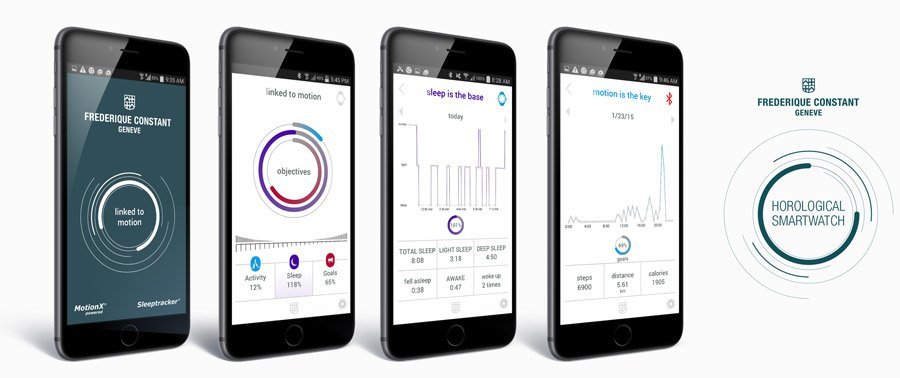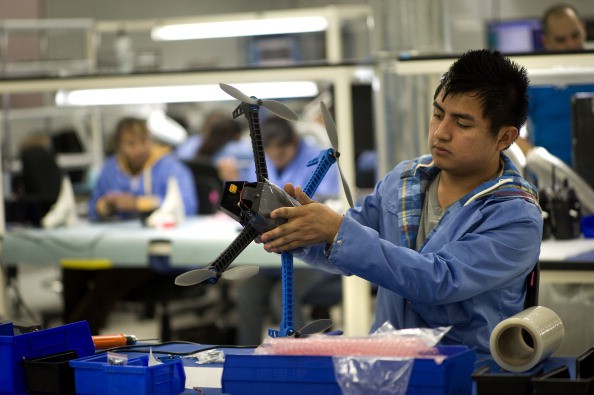
Tinder Plus, the dating app’s first step into the wonderful world of freemium monetization, will launch on Monday for $9.99, according to sources familiar with the matter.
Tinder Plus includes at least one highly requested feature and a few others that are meant to add broader functionality to the service, which essentially boils down the usual online dating experience into a simple location-based ‘hot or not’. Tinder has since added features meant to boost engagement, such as Tinder Moments (photo messages sent to all a user’s matches), but this is the first time Tinder has asked its users to start paying for a product.
Tinder has been testing pricing on the app in a number of markets over the past few months, with prices ranging from $.99 all the way up to $19.99/month. Though sources say that pricing will vary from market to market, they also say that they expect the service to hit the U.S. market at a price under $10.
So what will a Tinder Plus subscription do to up your smartphone-based dating game?
The most attractive and highly requested feature on Tinder Plus is the Rewind function, which lets users go back on the very last person they swiped left on. Instead of losing them forever, you can pay a little extra to bring them back and get a second look.
Tinder Plus also includes a Passport feature, letting users search for matches anywhere in the world instead of being locked into their actual location.
But perhaps more interesting, from a business standpoint, is the fact that Tinder Plus will also remove ads from the network. That’s right. Get ready to see some good old fashioned native ads as you scope the virtual watering hole for suitors. Re/code reports that Tinder is already underway working on an ad product.
It will not be included with the initial launch of Tinder Plus, but will launch in March, sources say. Tinder has a unique opportunity to natively advertise at a potentially high conversion rate.
Take, Uber, for example. Uber has been talking to various dating apps with the hope to get a direct integration, and has already taken the step to hook up with Hinge as part of its API launch in August, 2014. Uber continues to have discussions with dating apps, including Tinder, about offering an actionable “next step” in the online romantic process.
But Uber is one of many services that could offer users’ real-life options other than “Wanna meet?”
Back in January, Tinder acquired an ephemeral messenger called Tappy for an undisclosed sum. Though Tappy’s product was very similar to Tinder Moments, Re/code reports that Tappy’s Brian Norgard is heading up Advertising at Tinder. This matches up with comments made by Sean Rad earlier this year:
We’re very good at connecting people, but there’s this ‘what happens after that?’ moment that we want to improve. We not only want to get better at the way we use criteria to connect people, but we want to broaden the reasons for connecting in the first place. The Tappy team will help us tackle both fronts, the pre-match experience of creating that first connection and the post-match experience of communicating with that person.
Tinder has the opportunity to serve local ads for bars, restaurants, coffee shops each time a user makes a match. Given the nature of Tinder itself — where the premise is to browse, then chat, then potentially meet — these ads may be more relevant and effectual than we’d expect, thanks to location and time and even intent based on the context.
But that’s just one type of new advertising Tinder could potentially introduce. The company also has the opportunity to serve up ads the same way they serve potential matches, asking users to swipe right or left to get better romantic matches or even unlock deals.
Of course, Tinder is still in the process of building out those relationships and we won’t know exactly what Tinder ads will look like until they arrive later in March.
from TechCrunch http://feedproxy.google.com/~r/Techcrunch/~3/03wKwvoqtDU/
via IFTTT







































 Dutch Mobile Networking Event & Place
Dutch Mobile Networking Event & Place